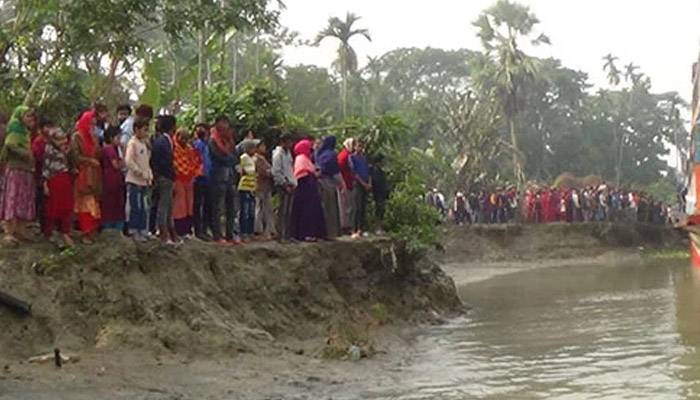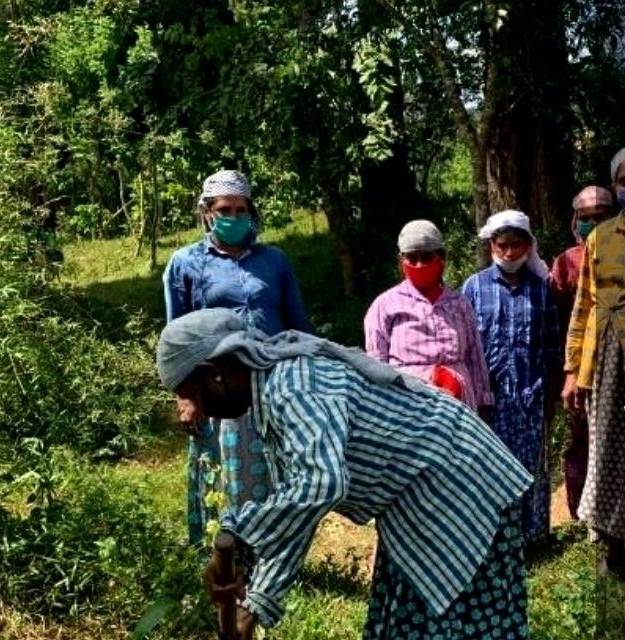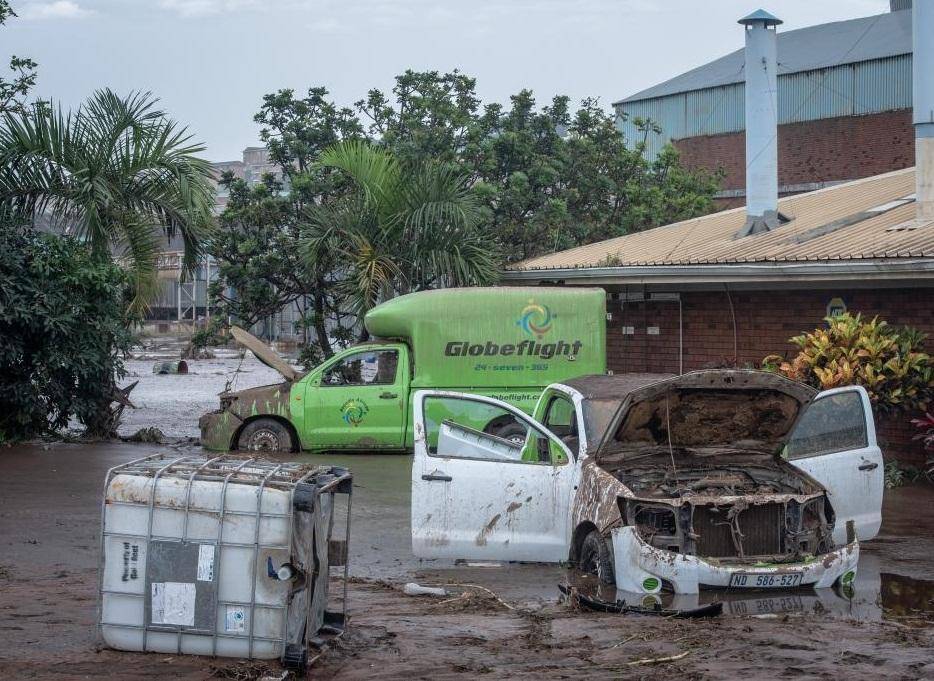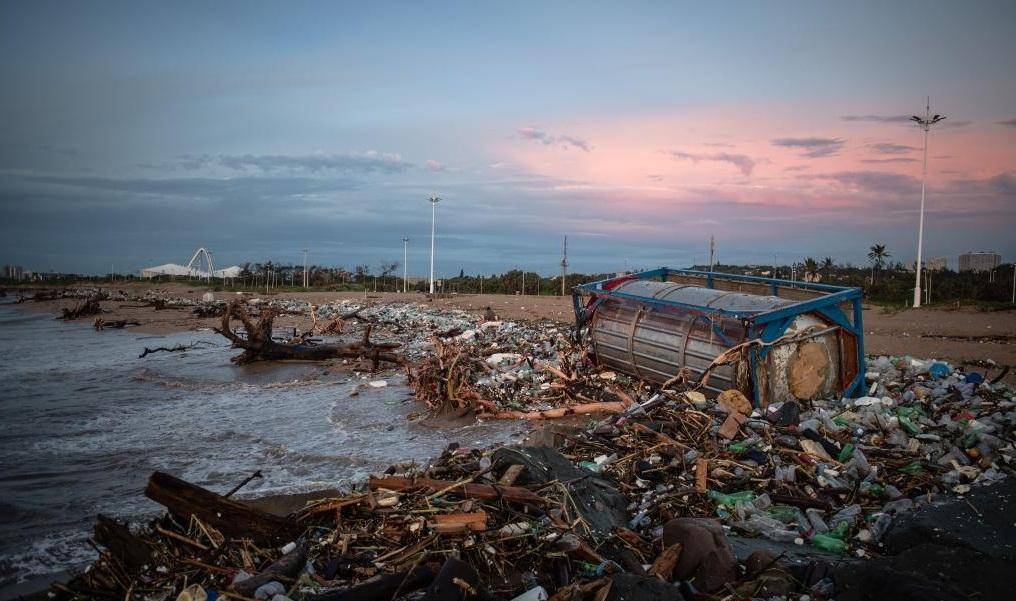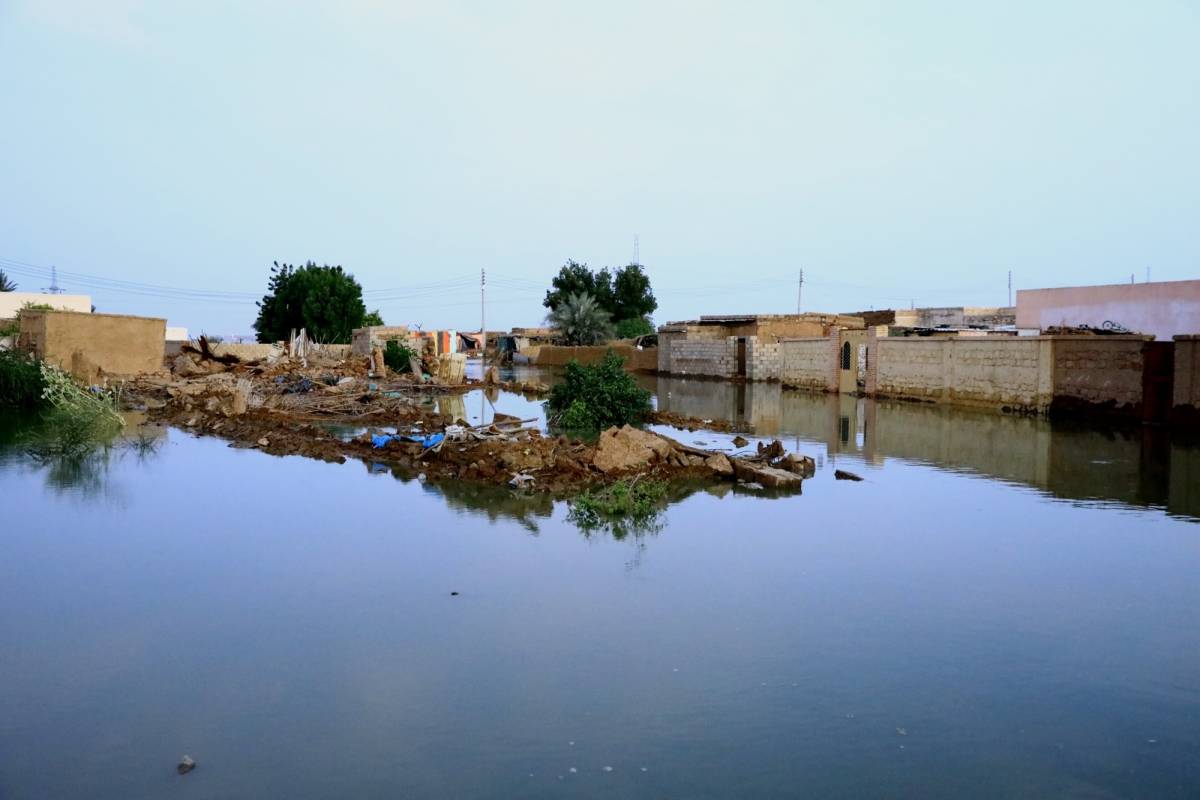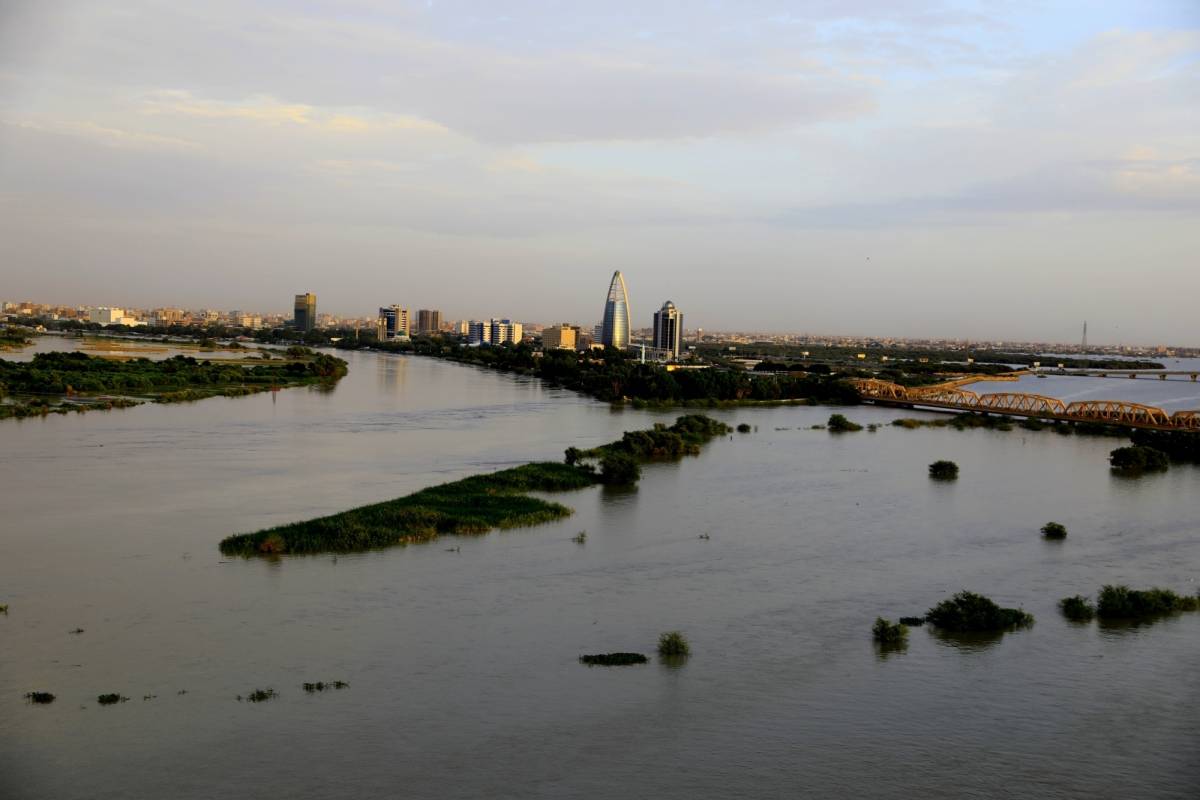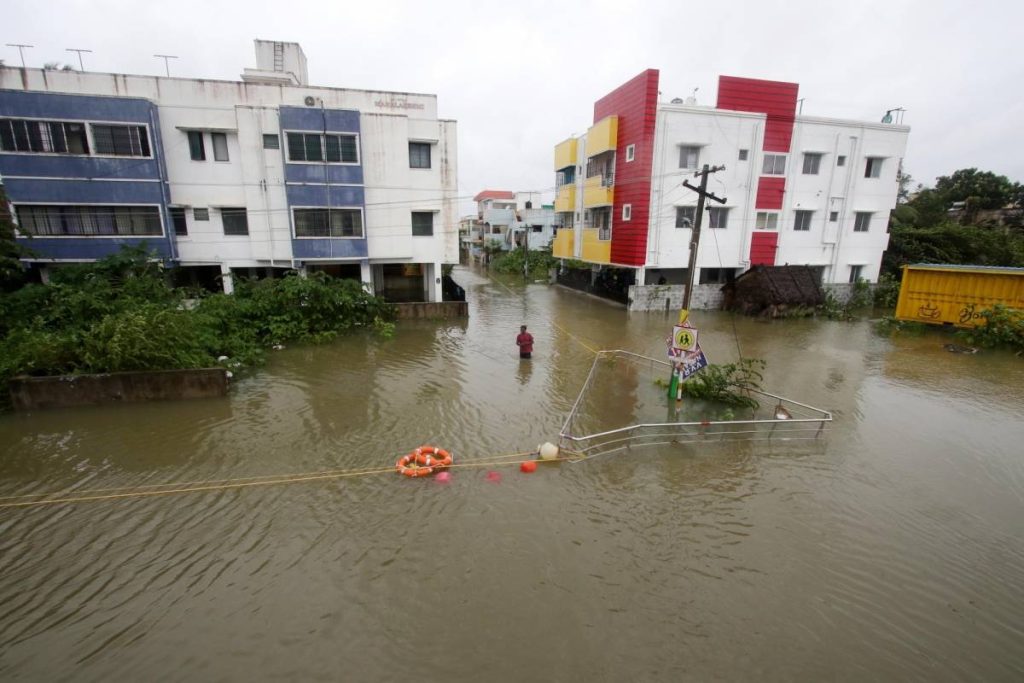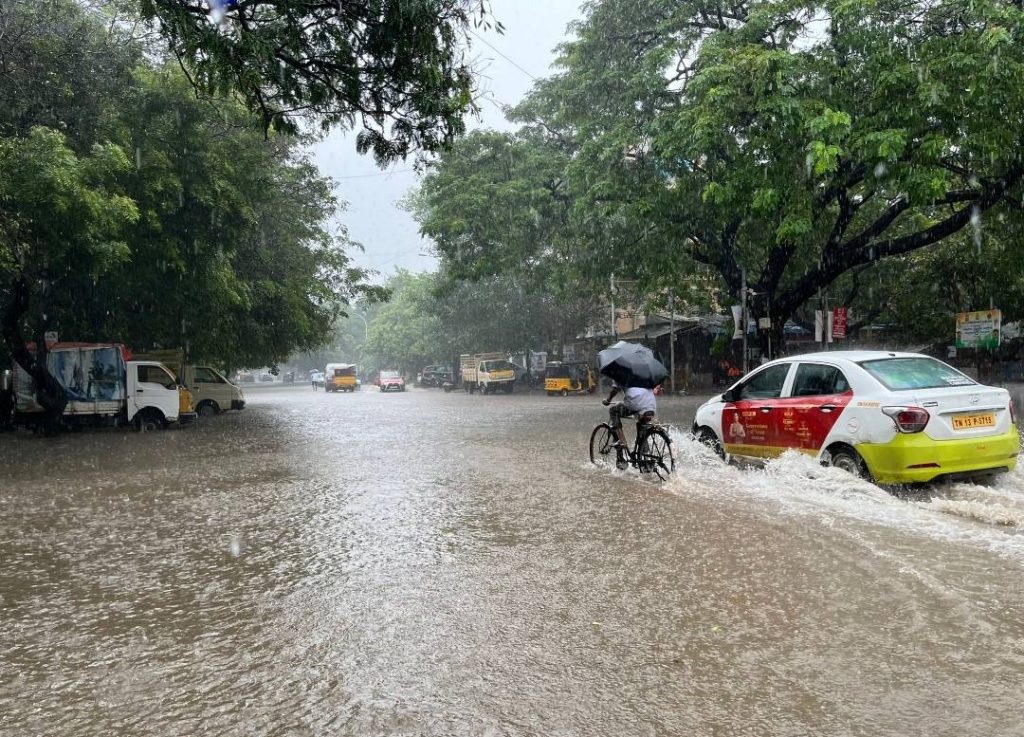Shaken by the impact of the 2019 floods, the district administration implemented a programme to plant bamboo…writes Divya GS
“Not an inch of land that was covered with bamboo caved into the river,” said Kelu, pointing at the lush green bamboo stretch on the banks of the Chalipuzha river, a tributary of the Kabini flowing through Kottathara panchayat in Keralas Wayanad district.
Along this same stretch, other patches of land, including some farmland, were washed away by the river during the floods.
“Greedy farmers here had encroached upon the riverbank and cut down the bamboo shoots. They paid the price for their deeds when the floodwaters washed away a good portion of their farmland,” Kelu added, watering the bamboo saplings he had planted recently on the riverbank.
A district of numerous streams and natural water channels, Wayanad is known for its bamboo species which plays a powerful role in protecting the banks of rivers. In fact, the environmental damage to riverbanks and their erosion were among the major causes of the devastating 2018 and 2019 floods.
In Wayanad, Kottathara is one of the most vulnerable gram panchayats. It’s a floodplain that gets inundated in various magnitudes every year.
“Bamboo can mitigate the impact of floods, landslides and drought. It reduces the velocity of gushing water, prevents the erosion of surface soil in sloped terrain, acts as a protective shield on riverbanks, reduces chances of drought and improves biodiversity,” said retired district soil conservation officer PU Das.
“The plant also helps in carbon sequestration. Farmers here had successfully adapted a bamboo cultivation model from Kenya that stabilises land in flood and landslide-prone areas. Studies by the National Bamboo Mission also suggest the same.”
Kelu, a member of the Kuruchiya tribe, has been planting bamboo saplings on riverbanks since he was a child. Now 56-year-old, he’s single-handedly responsible for planting a few thousand bamboo shoots on riverbanks and waysides, all of this with no particular motive in mind, but a habit inculcated from the elders of his community. But today, Kelu is an exception, as not many others from the indigenous Kuruchiya tribe appear to be interested in continuing with this tradition.
Bamboo was once an integral part of the culture of several tribal communities of Wayanad. From a source of food, to raw material to build houses and to be fashioned into fishing or hunting tools, the species held an integral place in their lives because of which they planted and protected it. But the tribals having given up their traditional lifestyle; they no longer find a reason to act in the interest of the bamboo.
However, taking lessons from the floods of 2018 and 2019, the Indo-Global Social Service Society (IGSSS) took on the task of planting bamboo saplings in the district. They planted around 30,000 bamboo saplings on the banks of the Kabini and its various tributaries flowing through the Thirunelli and Kottathara panchayats. Titled ‘Community Lead Disaster Resilience Project’, it was part of the relief measures carried out in response to the 2018 floods, which went on until 2020-2021.
“It’s common knowledge among people here that bamboo can prevent soil erosion because of their large, fibrous root system. We chose it for its lifespan, apart from other annual vegetation like colocasia,” explained Asha Kiran, Project officer, Community Lead Disaster Resilient Project, IGSSS for Wayanad district.
“During our survey and impact studies, we also found that civilians planted bamboo of their own accord along riverbanks in our project area.”
Overall, the process turned out to be easier than expected.
Kiran shared that the riverside communities here were “in exact need of this kind of support, as they are the ones who are worst-affected by flooding and understand well the causes and remedies required”.
Studies under the project identified vulnerable and eroded banks extending to around 6.5 km at three different sites in Kottathara. Next, a three-party strategy was devised: the IGSSS would purchase and supply the bamboo saplings; the local governing body would plant them as per the site plan developed under MGNREGA; and the community would be responsible for maintenance. On their maturing, the gram panchayat would utilise these bamboo plants for their livelihood requirements, through self-help groups or other community organisations in the future.
The initial plan of action was to plant the saplings through a volunteer programme, but pandemic restrictions prompted them to involve MGNREGA and the gram panchayat, Kiran said, adding that this strategy worked successfully in Thirunelly for a similar project.
“Once MGNREGA got involved, it became a flagship project,” she said. “In November-December 2020, the bamboo project was included in the work schedule that the block panchayat approved. The work took two months, with 55 people toiling every day. It cost Rs 1,00,312 in Kottathara, including the purchase and delivery of the saplings.”
Shaken by the impact of the 2019 floods, the district administration, too, implemented a programme to plant bamboo.
“We had some challenges while initiating the programme, like a dearth of public land and the reluctance of farmers, the predominant community in Wayanad, to plant bamboo on their land, as its potential to generate revenue was low,” said Das, the former district soil conservation officer.
However, one farmer agreed to plant wild reed, a variety of bamboo, on 3.5 acres of barren land he owned. Altogether, 25,000 saplings were planted free of cost on this land under the government initiative. Two years down the line, the land is now green and boosting the biodiversity of the area.
In fact, the MGNREGA workers involved in the IGSSS project were farmers from the region and hence the beneficiaries themselves. Kiran recalled when they were delivering saplings near a riverbank, some natives “took a few from them to fill tiny bamboo belt gaps near the riverbank”.
Moreover, given the marketing possibilities for bamboo (wild reed) shoots in the incense-making industry, bamboo cultivation is gradually gaining momentum among farmers in Wayanad. Although wild reeds are not indigenous to the region, their marketing potential is making them popular.
“Wild reed may not be endemic to Wayanad, but it grows well in the district’s red earth and presents great marketing possibilities,” Das said.
Furthermore, Uravu Foundation, an NGO in Wayanad that’s the face of the Kerala government’s bamboo plantation scheme, supplied IGSSS with 2,950 saplings of three bamboo varieties suitable for the district: Bambusa balcooa, Dendrocalamus strictus, and Ochlandra travancorica. These free saplings were in addition to the technical advice they provided in the early stages of the programme.
“All three varieties can withstand being underwater for days. As Ochlandra needs more water to thrive, the saplings of this particular variety were planted in areas closer to the river,” explained Anjitha, an IGSSS staffer.
As the initiative was carried out under MGNREGA, the community could cover the riverside belt of 9.7 km and thereby have a greater impact on protecting the soil of the region.
“After planting the saplings, we made a protective cover around each of them using areca nut palm leaves. About 90% of the saplings have survived so far,” said Chandrika, an MGNREGA worker in Ward 1 of Kottathara panchayat.
The bamboo saplings begin to serve their purpose after eight months and take three years to mature. While the full benefits from the drive are not visible yet, early signs indicate a lot of promise that these lands and the communities dependent on them will be protected from floods.
ALSO READ-In this panchayat in Wayanad, tree banking scheme aims carbon neutrality


